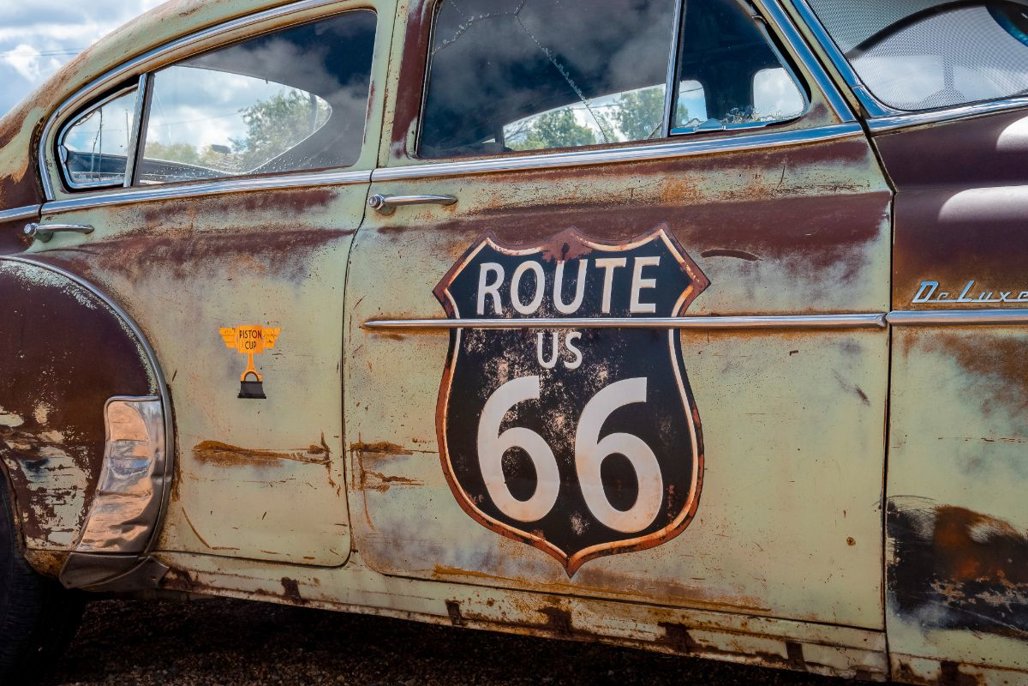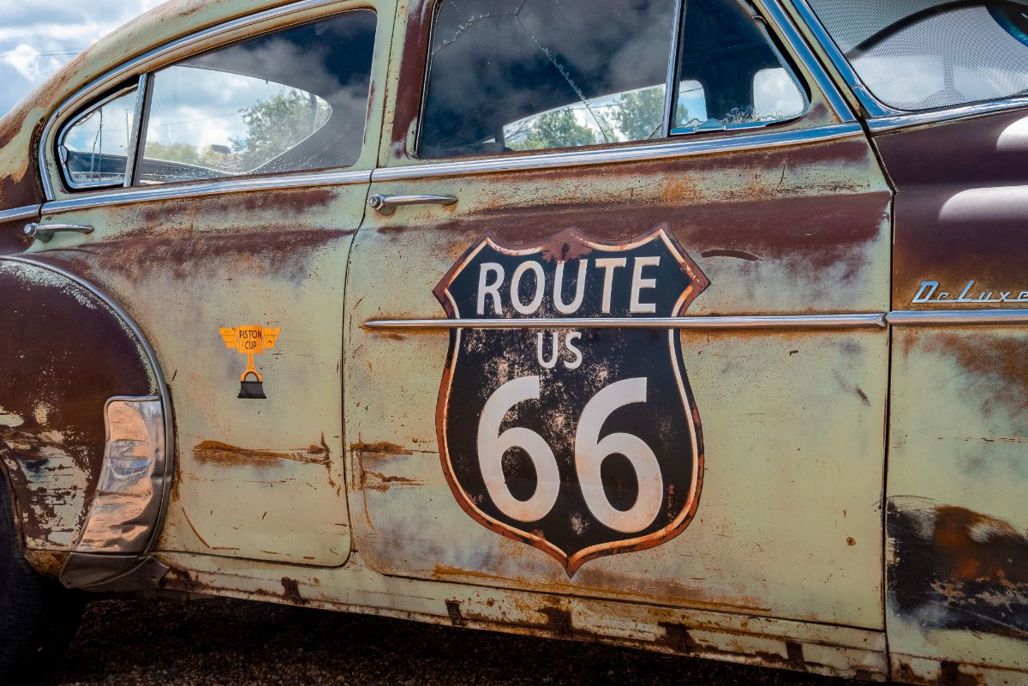The Mother Road, The Main Street of America… even “Route 66” is a nickname.
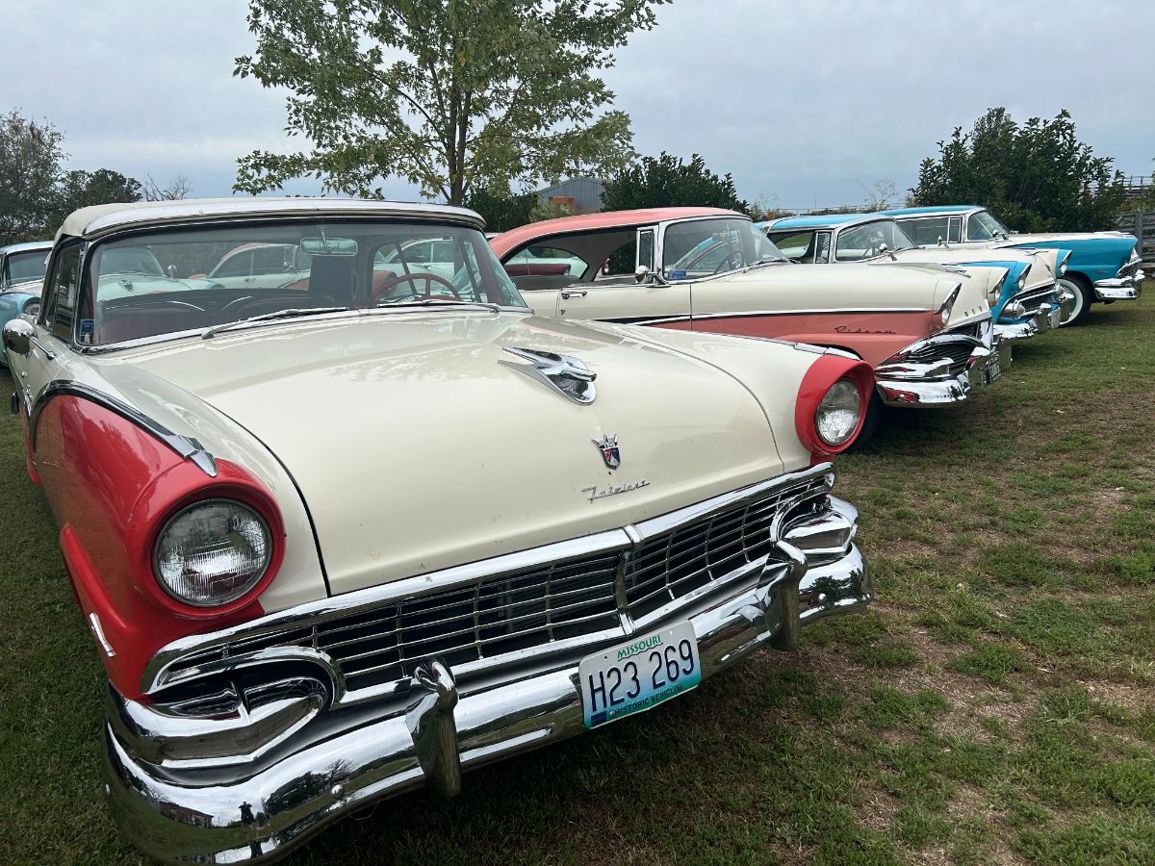
Arizona-based Route 66 historian Jim Hinckley says those who drew up this legendary cross-country link from Chicago to Los Angeles pulled every stunt they could think of to draw attention to their endeavour.
In 1926, when 66 was inaugurated, Will Rogers was in American eyes the most famous person in the world.
A film career, lecture tours, newspaper columns, radio broadcasts, political influence… the laconic Oklahoman also toured Europe as President Calvin Coolidge’s goodwill ambassador.
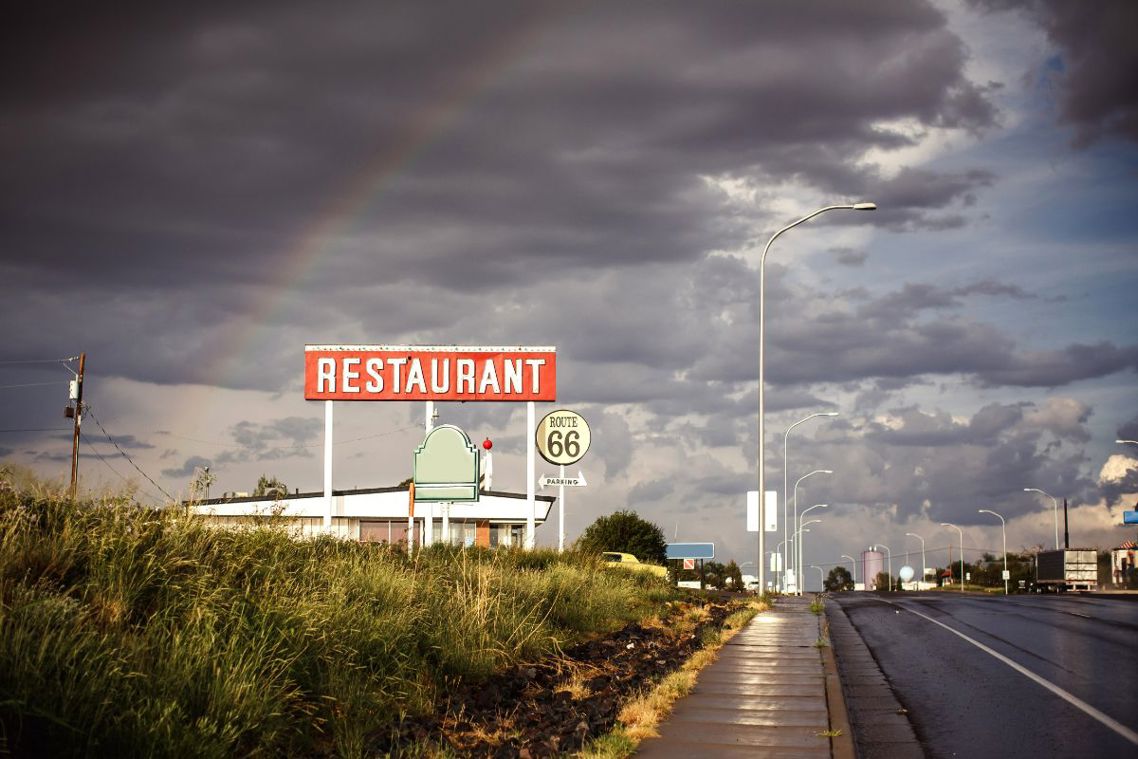
Not bad for a ranch hand who first found attention for being good at rope tricks.
On August 15, 1935, Rogers died in plane crash, a national tragedy. Many wanted to pay tribute to his memory, especially in his native state. A campaign to urge the US Congress to rename Highway 66 as the Will Rogers Highway kicked off even before his funeral. By December, the paperwork was signed.
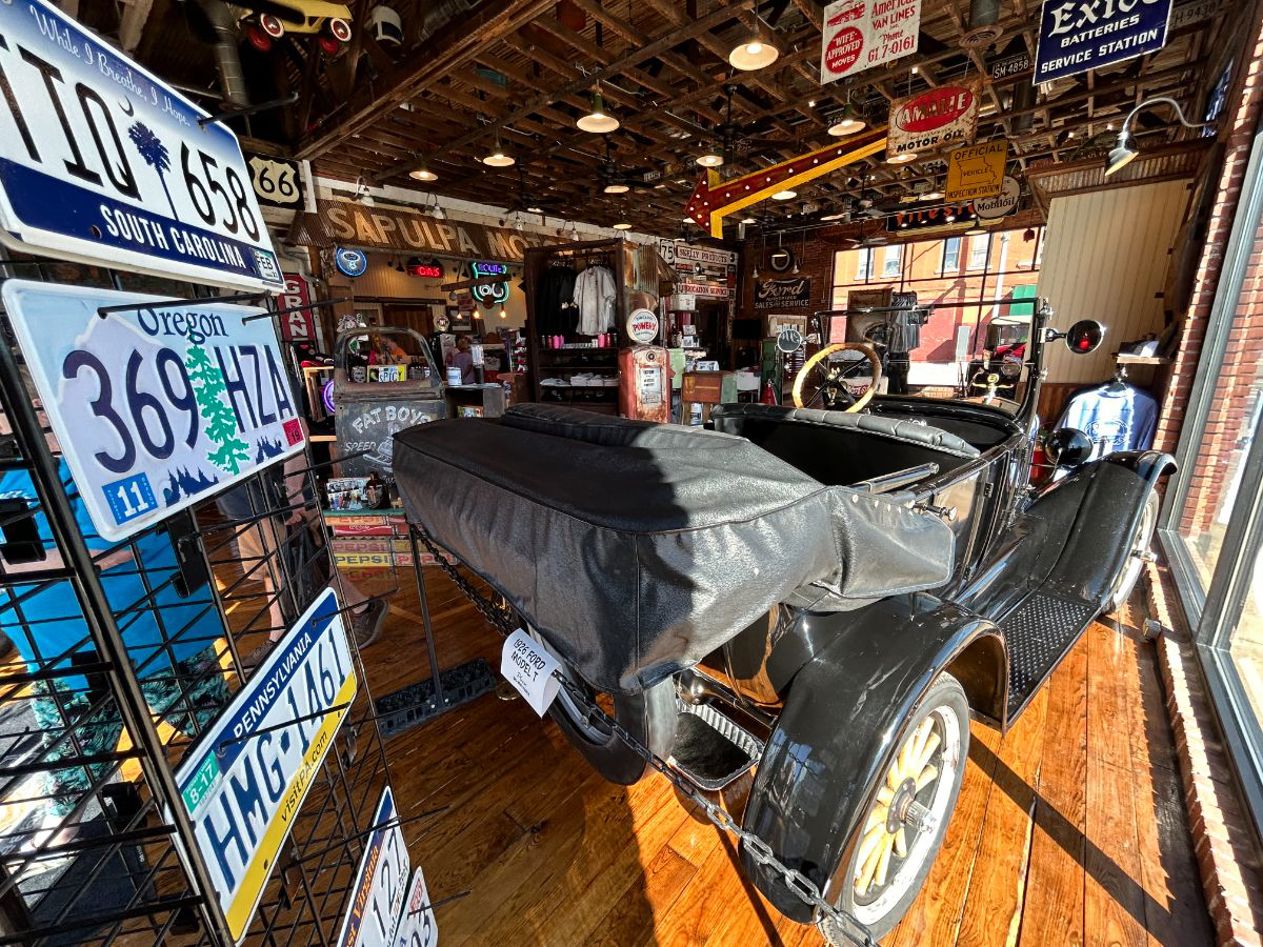
A roadside marker honouring Rogers sites unobtrusively in a grassy roadside patch near the Texas and Oklahoma border in Texola.
Having known about it, I stopped.
Others on our Gilligans’ Route 66 tour group drove by. Asked that night what I’d been looking at, I explained how 66 is named after someone their grand-parents would’ve considered an international personality. That proved to be a dud clue with this crowd.
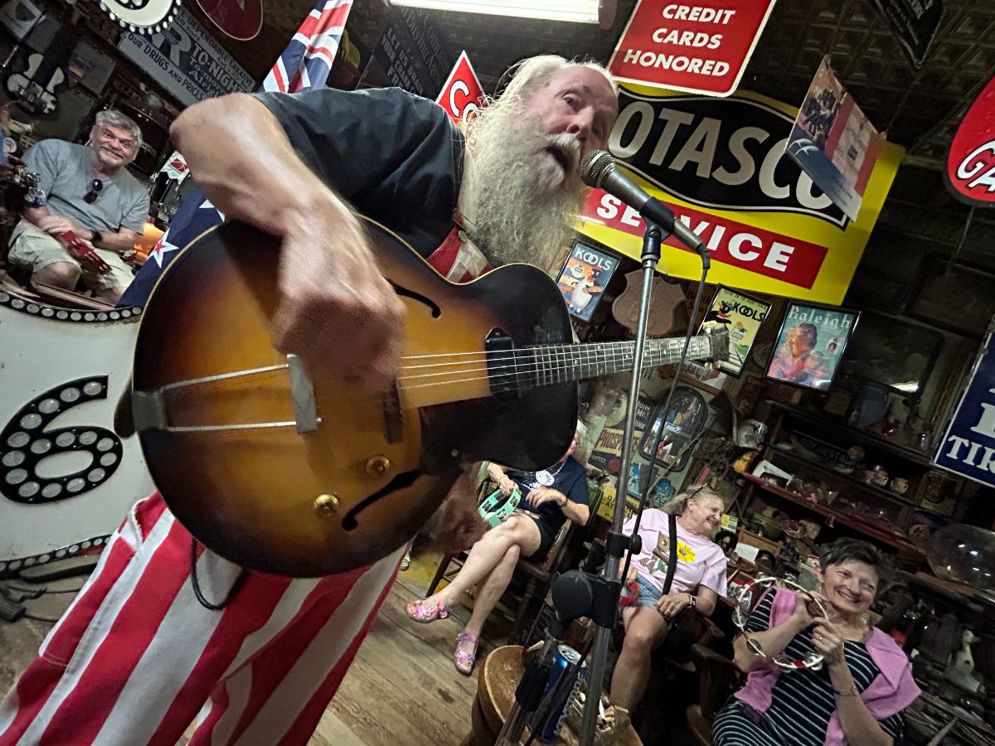
Forget the man. It doesn’t matter. What’s more important is that you won’t forget the road.
What makes Route 66 special? The road and Hinckley’s whole life are entwined; it is central to his professional career as a speaker and author, with 22 books out and several more coming. He sees it as an almost living thing.

Laid down atop trails blazed by Native Americans, explorers and soldiers, by purposely traversing through rather than around population centres, as highways do now, 66 had an astounding effect of bringing communities closest together.
Attractions such as the Grand Canyon and Painted Desert became accessible, but just as importantly, when towns and villages became stops, America’s longest Main Street was born.
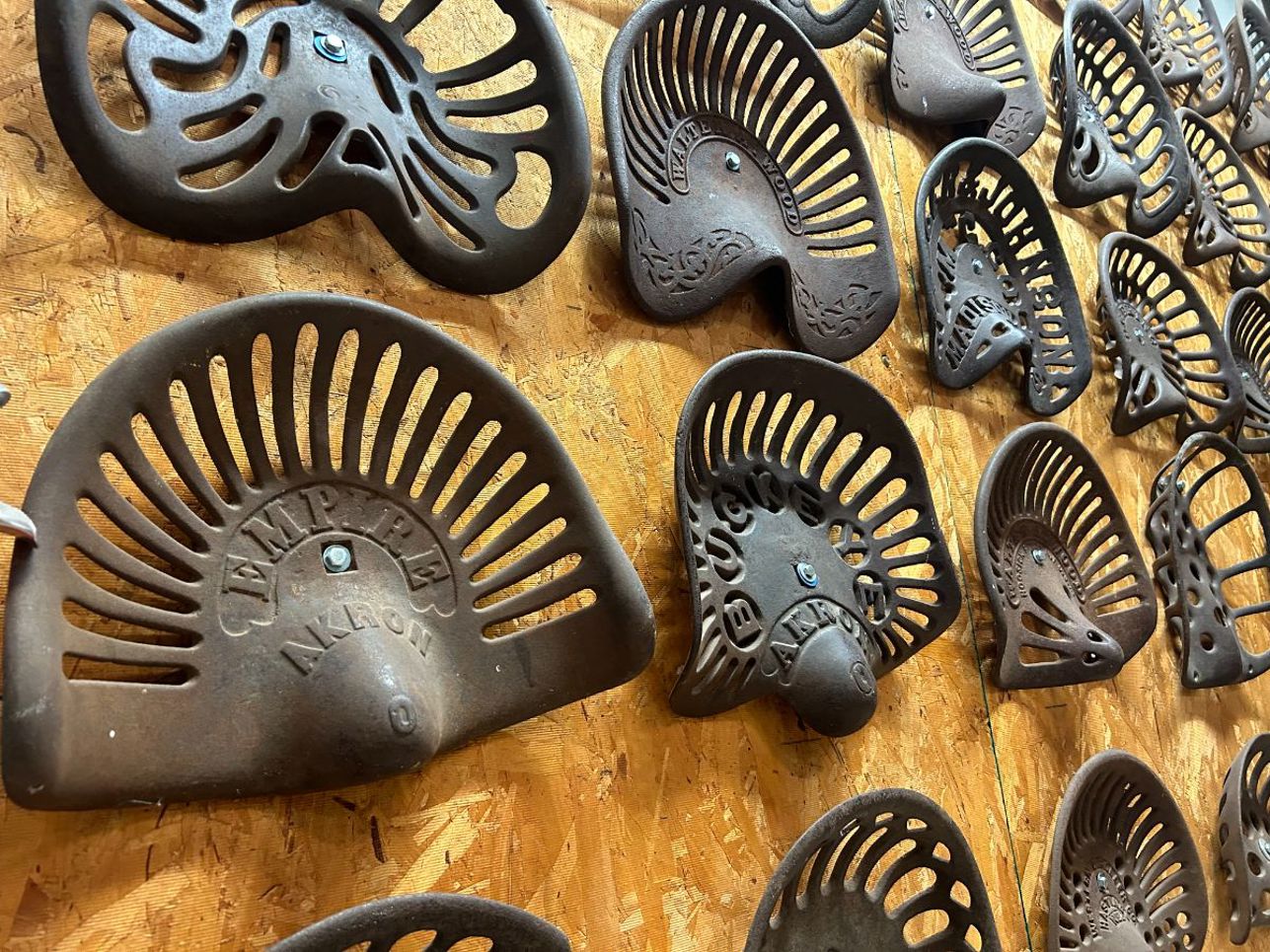
“Today in the era of Route 66 renaissance, there is reversal of roles. Small-town America is often the destination... cities are merely stops along the way.”
For 66 to become the living, breathing time capsule it is now, it first had to face down death.
De-gazetting as a national highway in 1985 occurred because the interstate by then was total; in reality, though, this was the endgame of progressive exclusion that took decades. Hence why so many ghostly relics, from single abandoned gas stations to entire deserted towns, are straight from the 1930s to 1950s.
That which does not kill makes us stronger. So it went for this traverse of eight states (admittedly, with 18 kilometres’ involvement, Kansas squeaks in) and three time zones.
America's longest main street
For better or worse, 66 is America’s longest attraction. Museums, festivals, scenic wonders, neon-lit landmarks and, to test your drive-by willpower, more than a few classic tourist traps.
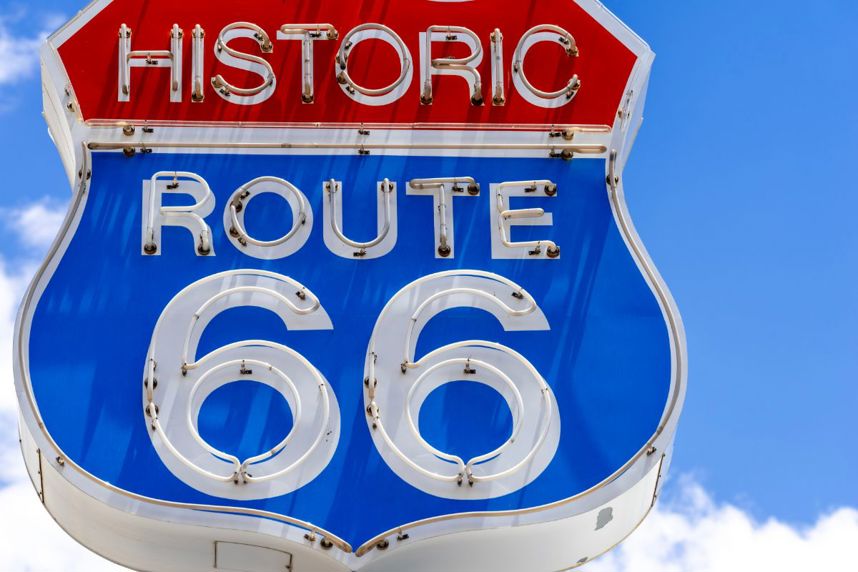
You can get more than your kicks on 66. Trading on nostalgia means what’s now "Historic Route 66" is rich with gift and antique shops selling a fat slice of apple pie America kitsch. (Just don’t try foisting the most wanted souvenir, actual highway memorabilia. That’s illegal).
There’s bone fide enrichment, all the same. The memorabilia held by the many museums is amazing and the effort to share it largely falls in the hands of volunteers whose sincerity is absolute and fraternity genuine.
Very little show and tell isn’t worth your time. As weird as it sounds, your life story could well be lifted by McLean’s barbed wire museum; certainly by the impressive Museum of Western Expansion, aka the "cowboy museum" in St Louis; definitely by the Stafford Air and Space Museum tucked away in Weatherford, Oklahoma; a remarkable Smithsonian-affiliated celebration of aviation collated by a Gemini and Apollo programme astronaut.
Alternately, Arizona’s old-fashioned Burma-Shave signs posted in sequence (“If daisies are... your favourite flower... keep pushing up... those miles per hour”), coming up close to Oatman’s donkeys, buying fudge from (surely you get the joke?) the small town of Uranus and, not least, meeting the incomparable Harley Russell of Erick, Oklahoma, will stay with you.
Cadillac Ranch and Cars
Created by the Ant Farm art collective in 1974, Cadillac Ranch’s 10 half-buried cars near Amarillo are almost too famous. But would you dare pass it by? There are those cars... then there’s Cars, the movie franchise. You’d swear Roy’s petrol station and motel that comprise the Mojave desert town of Amboy was an inspiration for the cartoons. And be wrong, it was lots of places along the route, but most specifically Seligman, Arizona.
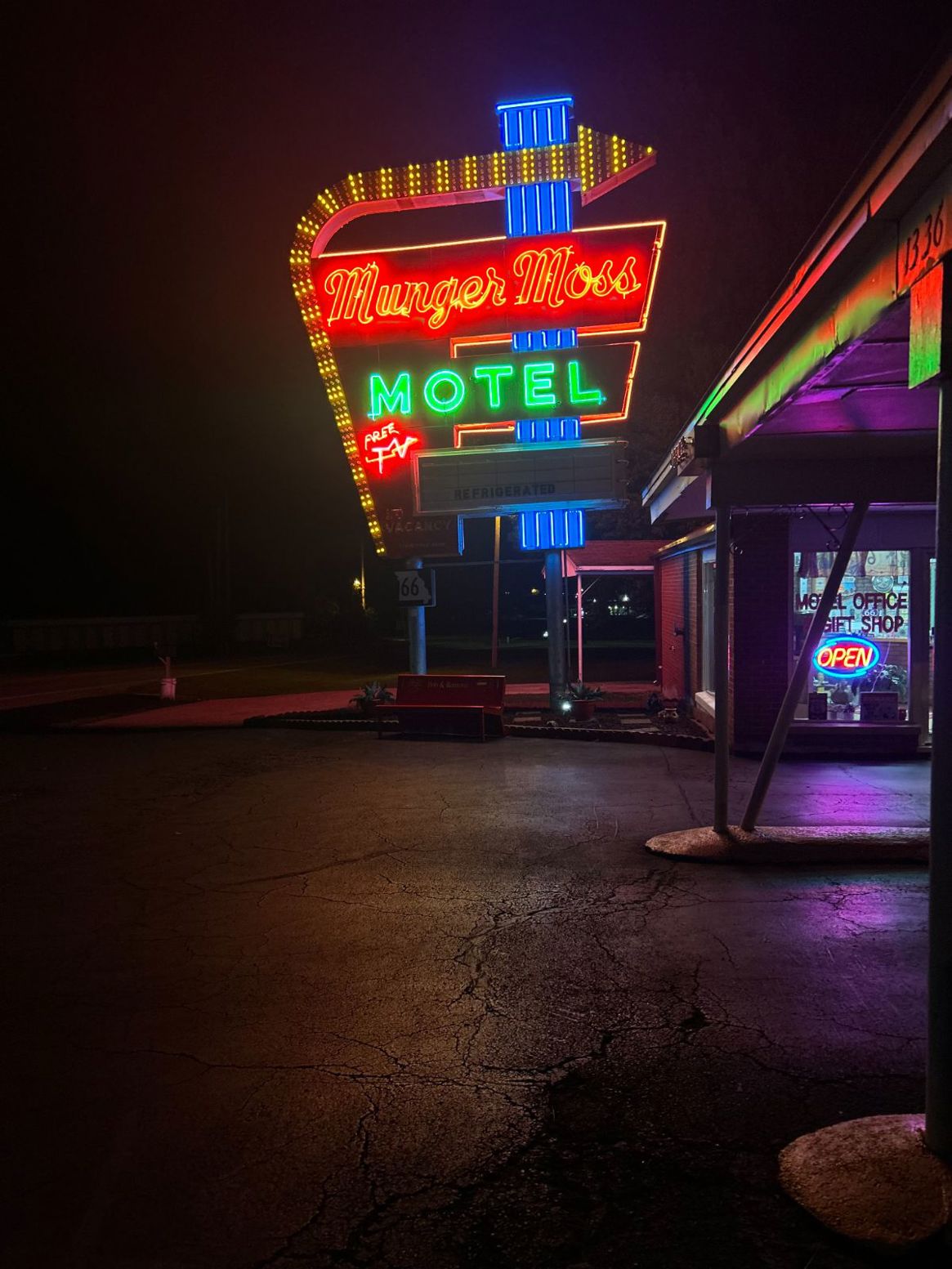
There’s charm, too, in checking into impressively retro hostelries still making a "go", such as the Missouri’s Munger Moss and the Blue Swallow Motel in New Mexico.
As this abets Hinckley’s argument that, “yes, it’s just a road. But it’s a living time capsule, a theme park, a linear community.
“For me personally it is intertwined with most everything in my life since 1959. It is like an old friend.”
Gilligans Route 66: a Kiwi connection
If Route 66 were to be a quiz night subject, it’s Hinckley you’d want on your team, assures Sam Murray, a Waimate resident and mother hen to a twice-yearly Gilligans Route 66 tour that mainly draws Kiwis and Aussies, though with ours also had room for two Brits, resident in Spain.

His 28-day Chicago to Los Angeles tour is longer than many, but Murray is adamant it’s the only way to do justice to what unveils from sticking to very original roads, guided by an impressive phone app, with Sam just a phone call away in his van should total confusion arise.
The group gatherings' every night were a chatfest about those abandoned motels, retro gas stations, large fibreglass statues of men holding stuff and classic diners with their special homey treats, no better than the trademark onion burger from Sid’s Diner in El Reno, Oklahoma.
Some days, this is an elbow-on-the-sill cruise, but far from wholly. We ran narrow rickety bridges, took on switchbacks (Deadman’s Curve with its 100 degree radius), survived what’s labelled 66’s most perilous section, the roller coaster run to Oatman.
Those features remind that back in the day road making required going "with", rather than "through" the land. One rare exception is Hooker’s Cut, southwest of St. Louis, where Army engineers cut through solid rock in the 1940s’ to make shifting military gear easier.
Staying true to the original course keeps Sam challenged; every year the guidance alters because 66 is akin to a braided river. Over the past 60 years, it has been so straightened and widened that sometimes original sections are left to one side or the other. Some serve as frontage road for access to driveways and country lanes. In some spots there’s Route 66 from the 1930s – which might still be dirt (as back then just 1000kms of the whole thing was paved) - on one side of the interstate, and Route 66 from the 1950s on the other side.
On top of this, the whole thing so zigs and zags, switches names and numbers, and sometimes just dead-ends that, if you are not paying attention, or even if you are, you can end up heading east instead of west or on that soul-less modern road.
The people behind Route 66
Soaring automobile sales, coupled with a Federal Aid Highway Act of 1921—which called for the networking of roads—provided the impetus for 66, but two men made it so.
Cyrus Avery, an Oklahoma state highway official, and Springfield, Missouri, entrepreneur John Woodruff actively promoted the road as the “Best Way West,” and insisted on it being called "66" (when officials originally dictated it should "60"), on grounds a double-six was more memorable.
Some tie this journey to the Depression-era novel The Grapes of Wrath, authored by John Steinbeck (who coined that famous "Mother Road" descriptive); other reflects on the heyday, after World War II, when Americans took to the highways as never before. For many, it’s that Disney movie. Will Rogers needs a new publicist.
Whatever it symbolises, it’s going to stick with you.
